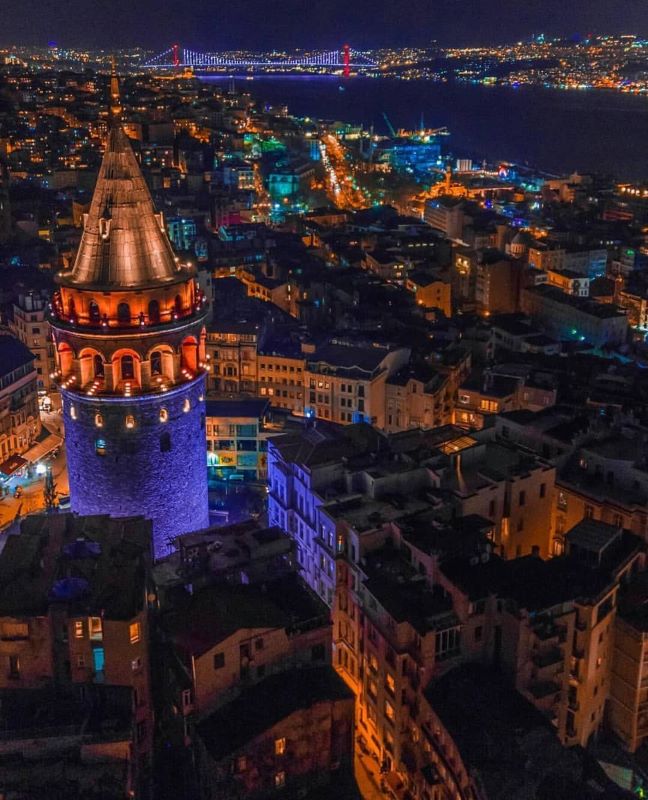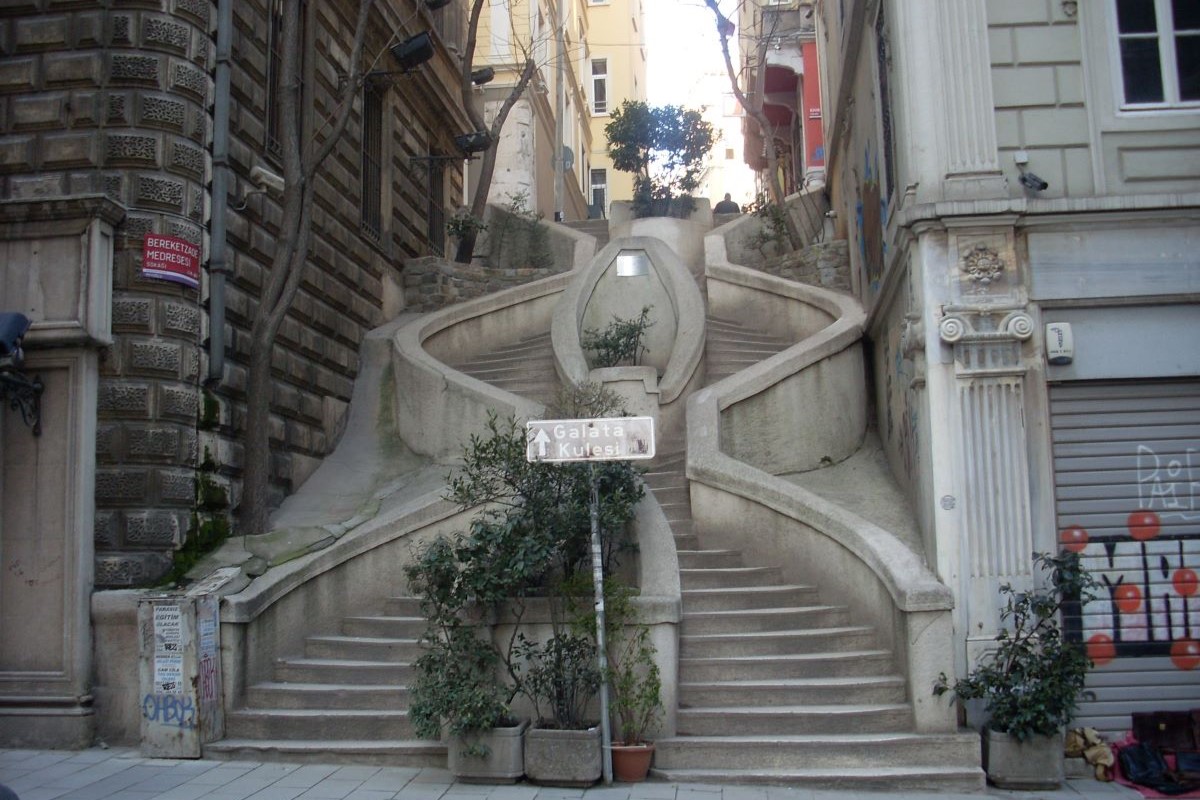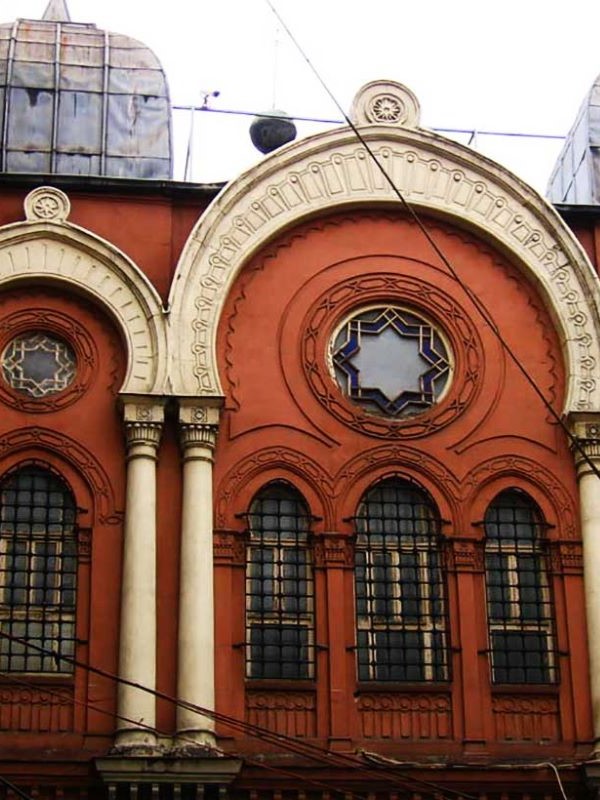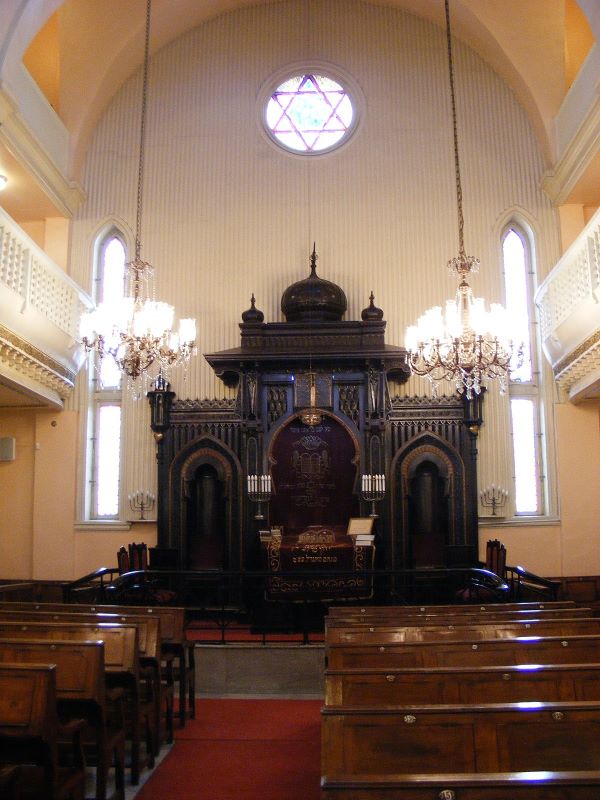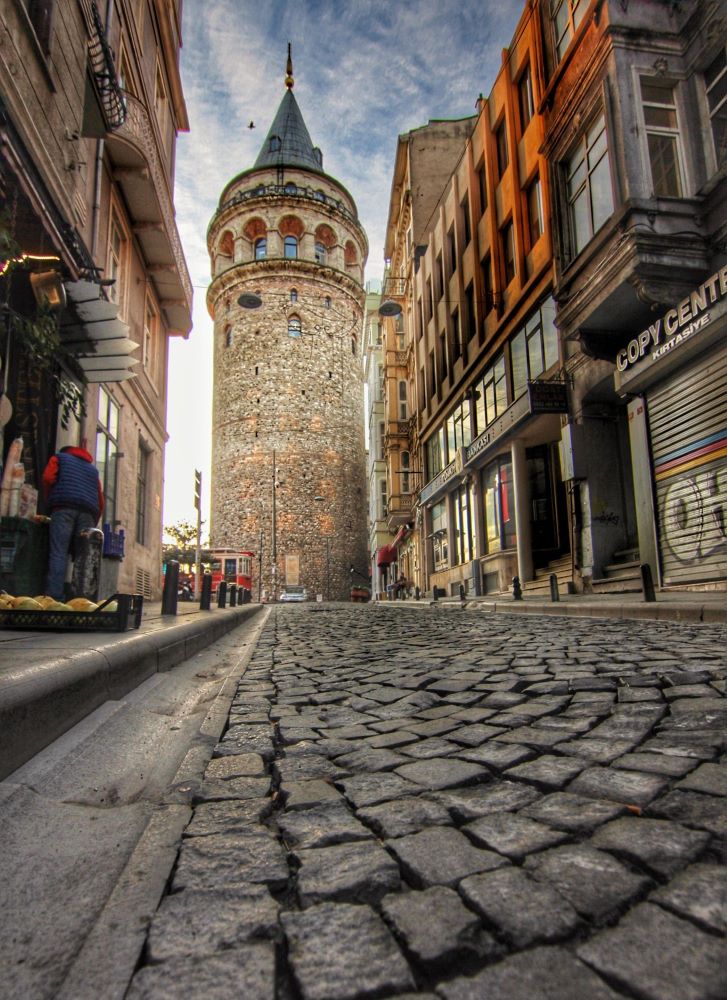
Stands as a living testament to Istanbul's rich history
Its skyline is graced by the iconic Galata Tower, a medieval marvel that has witnessed the ebb and flow of centuries. In the shadow of the Galata Tower, the neighborhood exudes a bohemian spirit that captivates the soul. Art galleries, boutiques, and cozy cafes line the streets, offering refuge for both the creative spirit and the seeker of quiet contemplation.

